Companies often define the markets they serve around the technology in their product offerings—a technology that one day will become obsolete.
Clearly, this is a mistake, but it’s one that has been repeated by hundreds of companies over the decades. And where are Blockbuster and Kodak now?
Where are the companies that defined themselves around CDs? They spiraled to their death when MP3 technology came along.
Many companies today find themselves in this same situation.
A market, which is the focal point of everything a company does, should not be defined around something so unstable that it is only valid until the next product iteration. Instead, you should define your market around something that is stable for decades, making long-term strategic investments more attractive and providing the company with a vision for the future.
The customer’s job-to-be-done provides that stable focal point around which you can create value—and define your market. More specifically, you should define your market as a group of people and the job they are trying to get done.
Dental hygienists who clean patients’ teeth and farmers who grow a crop also constitute markets.
When defined in this way, there are tens of thousands of markets out there, and many of them have been around for decades —even centuries.
When it comes to getting a job done, people (job executors) don’t want to cobble a solution together from multiple, incompatible offerings. They want one solution that gets the whole job done. When you focus on the job-to-be-done, you are more likely to gradually evolve your products over time to get the entire job done and better satisfy your customers.
To help you define your market through this lens, we have created the Jobs-to-be-Done Market Definition Canvas.
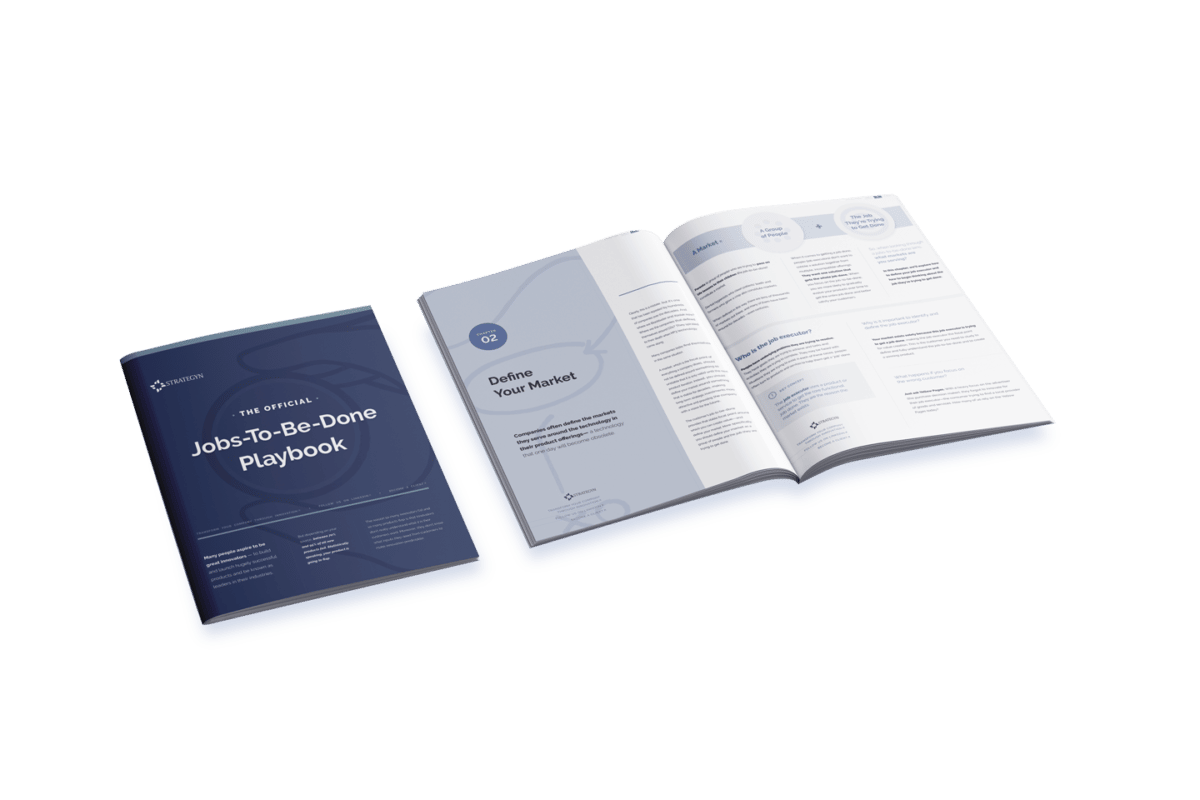
Download your free copy of The Official Jobs-to-be-Done Playbook.
If you have a product in mind, you have already assumed a market but may not have formally defined it. The Jobs-to-be-Done Market Definition Canvas is designed to help you define the market you are in or have chosen to serve through a Jobs-to-be-Done lens.
The canvas lets you start by defining your market in solution space and guides you to redefine it in problem space as [a group of people] + [the job they are trying to get done].
The Market Definition Canvas is designed to accommodate both B2C and B2B applications. While it is optimized to define single-sided markets, you can complete it twice to define both sides of a double-sided market (e.g. component manufacturers who sell to OEMs or who are at the top of a long distribution chain).
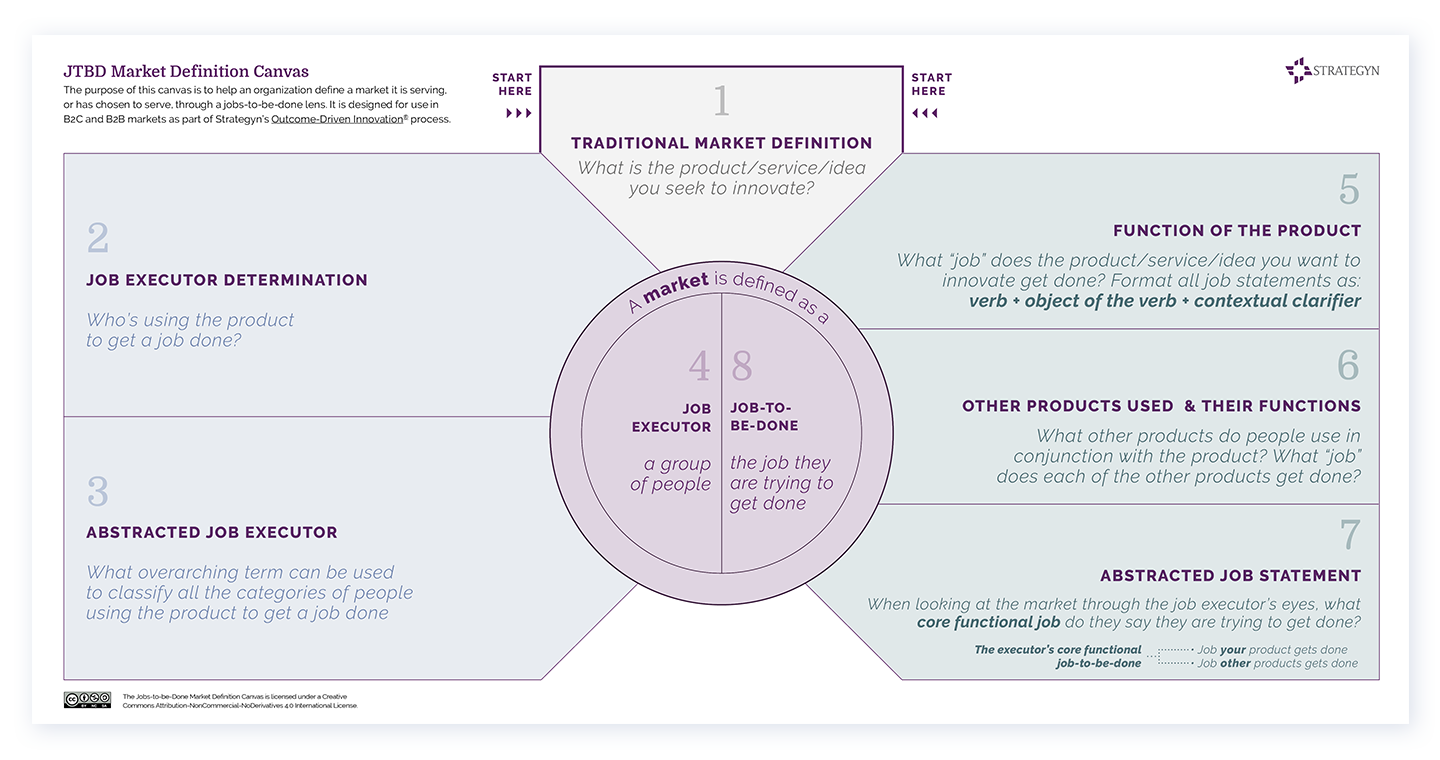 Download your copy of the Market Definition Canvas >>
Download your copy of the Market Definition Canvas >>Let’s explore, step by step, how the canvas can be used to define the market you have chosen to serve.
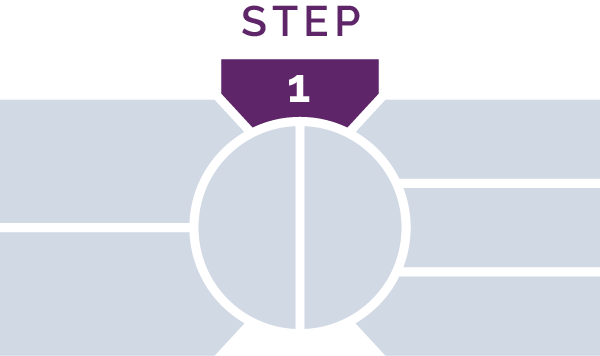
What is the product/service/idea you seek to innovate?
The market definition exercise starts with something you’re familiar with — a product focus. What is the product, service, or idea you’re looking to innovate around? Use this as your grounding point.
The subsequent steps will help transition you from a product view to a Jobs-to-be-Done view of your market.
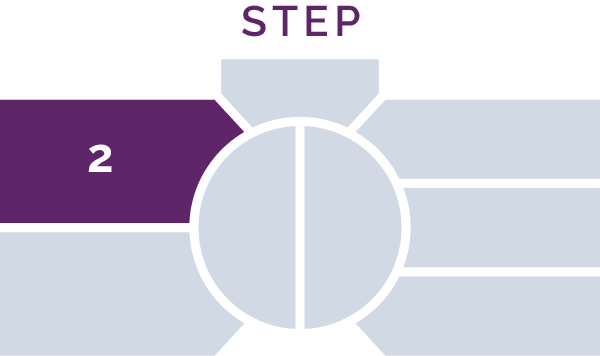
Who’s using the product to get a job done?
The transformation begins with this step.
Ask yourself (or your sales and marketing teams), who’s using your product to get a job done? The goal of this step is to reveal the diverse set of potential product users. List all the categories of people who use or would use the product of interest to extract its value.
Keep in mind, we are focused here on stating the job executors. Do not list out influencers, economic buyers, people who support the product throughout its lifecycle, or other customer types, just job executors.
The job executor uses a product or service to get the core functional job done. They are the reason the market exists.
For example, Bosch used this approach when trying to enter the North American circular saw market. They concluded that finish carpenters, framers, roofers, general contractors, electricians, and plumbers use circular saws.
Notice they did not use the formal job titles of the job executors. Instead, they listed the categories of people who use circular saws.
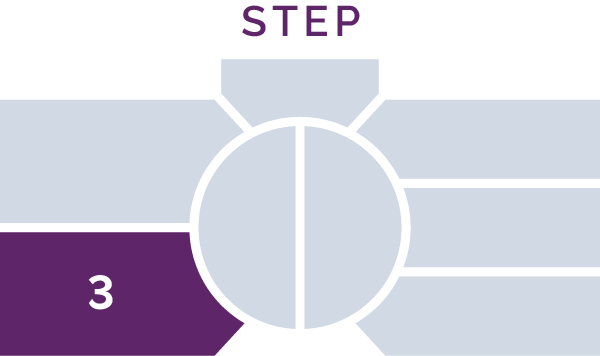
What overarching term can be used to classify all the categories of people using the product to get a job done?
With a list of all the distinct categories of people using, or potentially using, your product, next, you want to define the one overarching term that can be used to classify or describe all these people as a single group.
Remember, we are defining a market as a group of people + the job-to-be-done. When defining the group of people, try not to use an actual job title. Instead, look for an all-inclusive term that encapsulates all job executors, usually a higher-level, generic term.
CLICK AND DRAG TO REVEAL THE ANSWERS


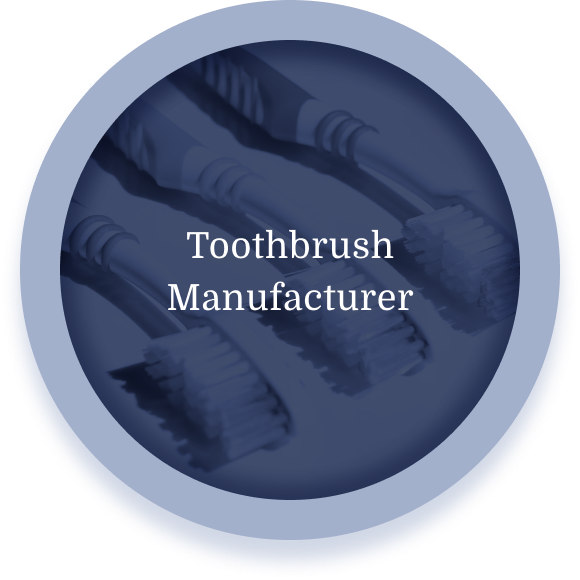



The Bosch team, for example, abstracted roofers, framers, plumbers, finish carpenters, etc., into a higher-level category using the term “tradespeople.” In other words, the “group of people” using circular saws was conveniently referred to as tradespeople.
For those of you producing consumer product goods, the job executors are often referred to simply as “consumers.”
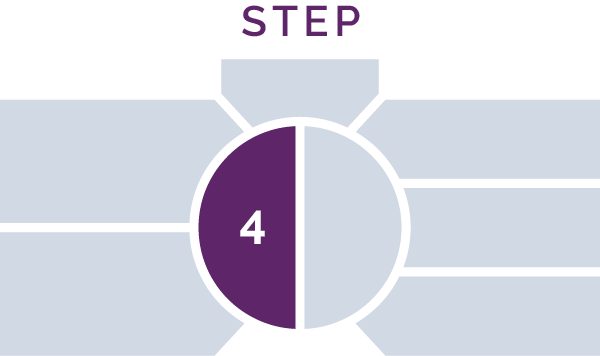
The group of people (job executor) is defined as: ______________________
You may have come up with more than one way to describe your “group of people.” Now, it’s time to make and document your final choice. Choose a label that represents all types of people using the product, service, or idea you have in mind.
For example, you may choose the term surgeons over cardiac surgeons, or tradespeople over tradesmen to be more inclusive. Other examples include educators over teachers, accountants over tax preparers, or consumers over adults.
It is important to define the “group of people” before defining the job-to-be-done, as you will be interviewing representatives of the group to determine, from them alone, the way they define the job they are trying to get done.
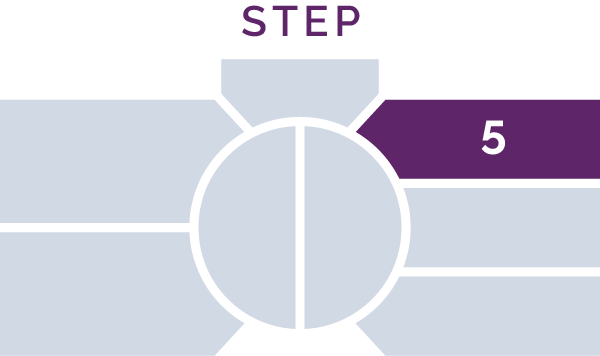
What “job” does your product/service help the job executor accomplish?
Products don’t have jobs-to-be-done—people do. But to uncover the targeted group’s job-to-be-done, it’s helpful to start by understanding what function/job the product you have in mind performs.
To make this determination, you can work with your product team, or preferably you can go directly to the group of people (defined in step 4) and ask the question:
What does the product or service we have in mind help you accomplish from a functional perspective?
Create a list of possible job statements according to the following job statement formula.
The product will help the group of people:
For example, a kettle may be used to:
[heat] + [water] + [to the desired temperature]
A dental drill may be used to:
[contour] + [the shape] + [of a tooth]
Example job statements:
Keep in mind, the job your product gets done may or may not encompass the full job your customers are trying to get done. While people may use a kettle to heat water to the desired temperature, the overall job they are trying to get done may be to:
[prepare] + [a hot beverage] + [for consumption]
The goal of the market definition canvas is to help innovators uncover the job-to-be-done as perceived by the customer—not the product developer.
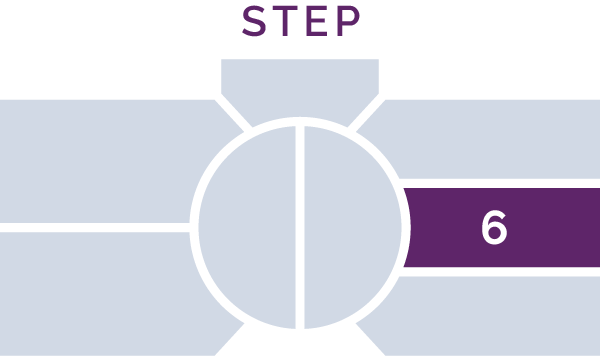
What other products do people use in conjunction with the product? What “job” does each of the other products get done?
To get a feel for the entire job your customer is trying to get done, ask them what other products they use immediately before, while, and immediately after using your product/service.
For example, when tradespeople use a circular saw to “cut wood,” what other products are they using in conjunction with a circular saw? Perhaps they are also using a T-square, a measuring tape, sandpaper, and/or a pencil.
List the products they use in conjunction with the one you have in mind.
Next, document the functions / jobs that each of these other products gets done for the group of people. Use the same format used previously:
[verb] + [object of the verb] + [contextual clarifier (optional)]
The Bosch team, for example, determined through customer interviews that, while the function of the circular saw was to “cut wood” (a job statement), tradespeople were using a T-square to “make a cut in a straight line” (a job statement), and that they were using a pencil to “mark the cut path” (a job statement).
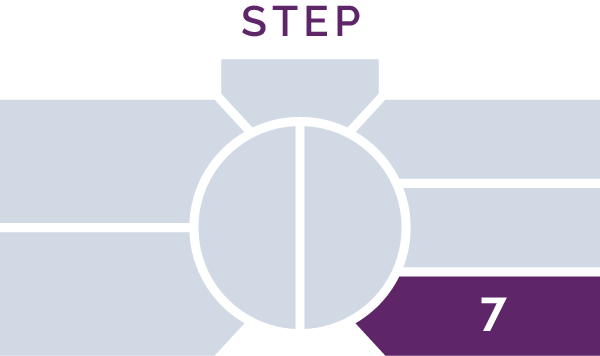
When looking at the market through the job executor’s eyes, what core functional job do they say they are trying to get done?
Putting all the pieces together helps reveal the customer’s ultimate job-to-be-done at the right level of abstraction. Assume your product is getting part of a job done. Assume people are using these other products to complete the entire job-to-be-done.
You want to define your customer’s job-to-be-done in a way that includes your product’s function (job) and rationalizes why customers are using all these other products as they cobble together a complete solution.
CLICK AND DRAG TO REVEAL THE ANSWERS
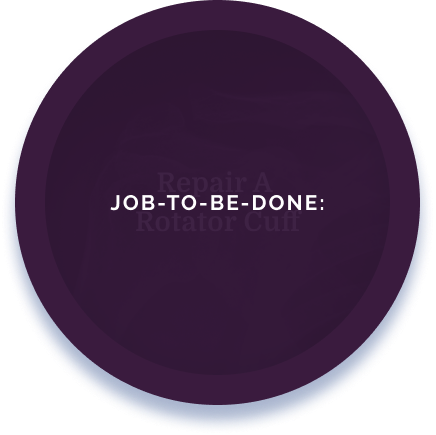




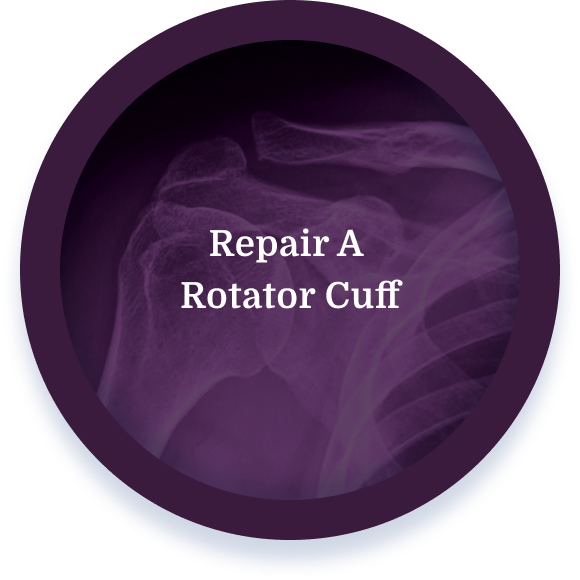
The Bosch team, for example, determined that tradespeople are using a circular saw along with other products so they can “cut wood in a straight line” (the abstracted job statement).
The reason for defining the market at this level of abstraction is so you can evolve your product over time to help customers get more, and eventually all, of their job done—preferably before competitors do.
Defining a market in this manner offers the innovator a built-in path and vision for growth — tied directly to what customers are trying to accomplish.
Make sure you encapsulate the job of the product you have in mind in the abstracted job statement. If the job of the product is not represented, you have abstracted the job statement to too high a level. This will ultimately prevent you from capturing customer need statements that will help inform the improvement of the product you have in mind.
Relying on your market views to define the job-to-be-done may lead you astray.
One team, for example, who thought its tax products were being used for the job of “prepare taxes” was surprised to learn the real job was to “formulate and execute a tax strategy.”

If you’d like to learn more about the customer interview process, check out our course offerings.
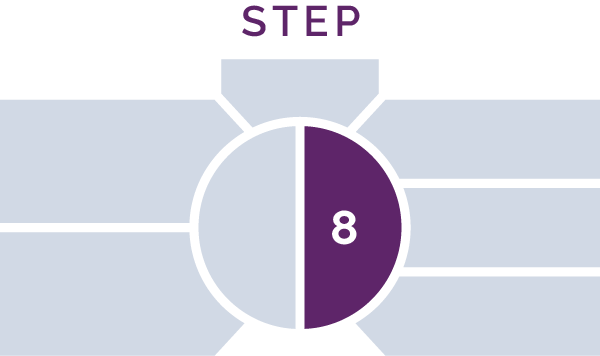
Now that you have your customer’s job abstracted appropriately, you can document that job in this box. If you have multiple versions of the job statement, work with job executors to gain consensus on the best version.
When you’ve completed the Market Definition Canvas, you have your market defined through a jobs-to-be-done lens:
Your market = Group of people (Step 4) + Job-to-be-Done (Step 8)
With your market clearly defined around a stable point of value creation, you are in a strong position to iterate quickly and more reliably succeed in your market.
WHAT’S NEXT?
Great work!
You just defined your job executor and their core functional job-to-be-done.
You and your team now have a shared focal point for value creation. This marks a major milestone in your innovation journey! Knowing the target is the first step in creating solutions that hit the target.
In Chapter 3, we’ll cover everything you need to know to build a job map.
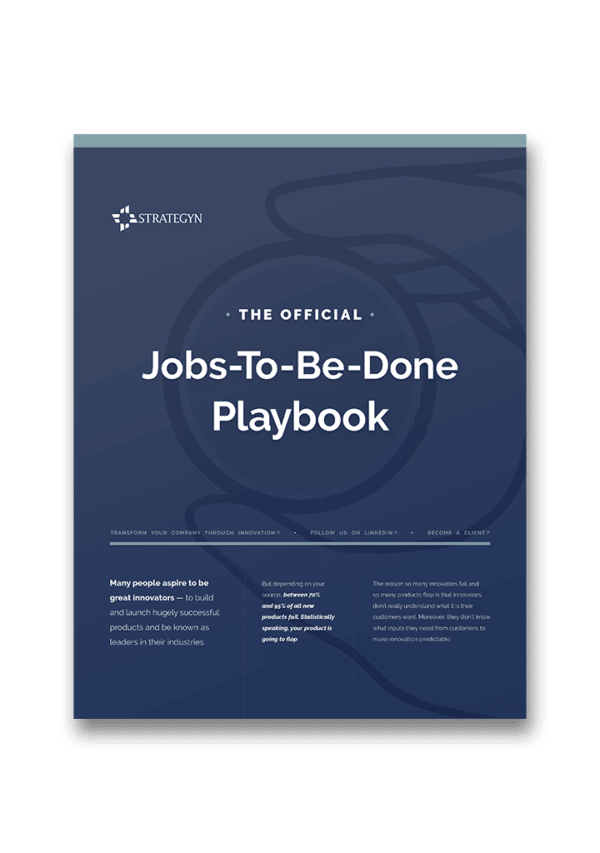
Copyright ©2024 Strategyn LLC. All Rights Reserved. | Sitemap